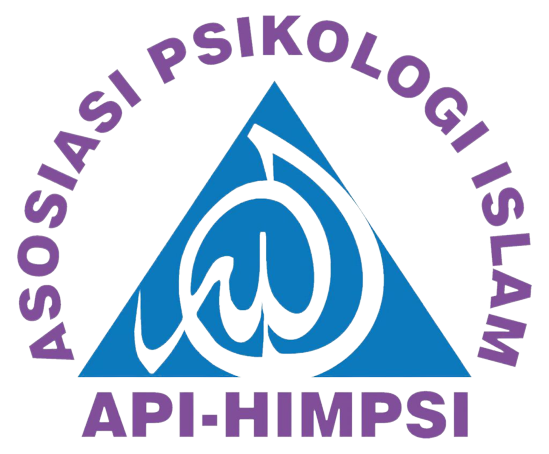Transendental dan Relasional : Makna “Tuah” Kebahagiaan dan “Marwah” Harga Diri
DOI:
https://doi.org/10.36341/psi.v8i2.5666Keywords:
marwah, flourishing family and marriage, kesejahteraan, self esteem, tuahAbstract
As one of the largest ethnic groups in Indonesia, the Malay people have long been known as an open and friendly society, but based on the values of Islamic teachings and the Malay Tunjuk Ajar. The social and agrarian conflicts on Rempang Island have pushed the urgency to re-understand the meaning of happiness and self-esteem of the Malay people. Involving 139 (Nman= 59; Nwoman=80) participants willing to fill out an open questionnaire, this study explores the meaning of the happiness (tuah) and self-esteem (marwah) in Indragiri Hilir district, Riau Province. A qualitative approach with thematic analysis methods and MAXQDA 2024 data analysis tools were used to find the main themes of the meaning of tuah and marwah. The results of the data analysis show that the Malay people still live the meaning of tuah and marwah. The meaning of tuah is identical to the meaning of happiness for Malay participants who resemble the characteristics of human flourishing. Malay people experience happiness when they succeed in living transcendental values and building relationships with their significant others (family, friends, and social environment). These findings inform academics, practitioners, and policymakers that the Malay people's attitude toward interpreting happiness is closely related to how they maintain their dignity, property rights, family, nation, and country.
Downloads
Downloads
Published
Issue
Section
License
1. Copyright of all journal manuscripts is held by the Psychopolytan : Jurnal Psikologi
2. Formal legal provisions to access digital articles of electronic journal are subject to the provision of the Creative Commons Attribution-ShareAlike license (CC BY-NC-SA), which means that Psychopolytan : Jurnal Psikologi is rightful to keep, transfer media/format, manage in the form of databases, maintain, and publish articles.
3. Published manuscripts both printed and electronic are open access for educational, research, and library purposes. Additionally, the editorial board is not responsible for any violations of copyright law.
licensed under a Creative Commons Attribution-ShareAlike 4.0 International License.







